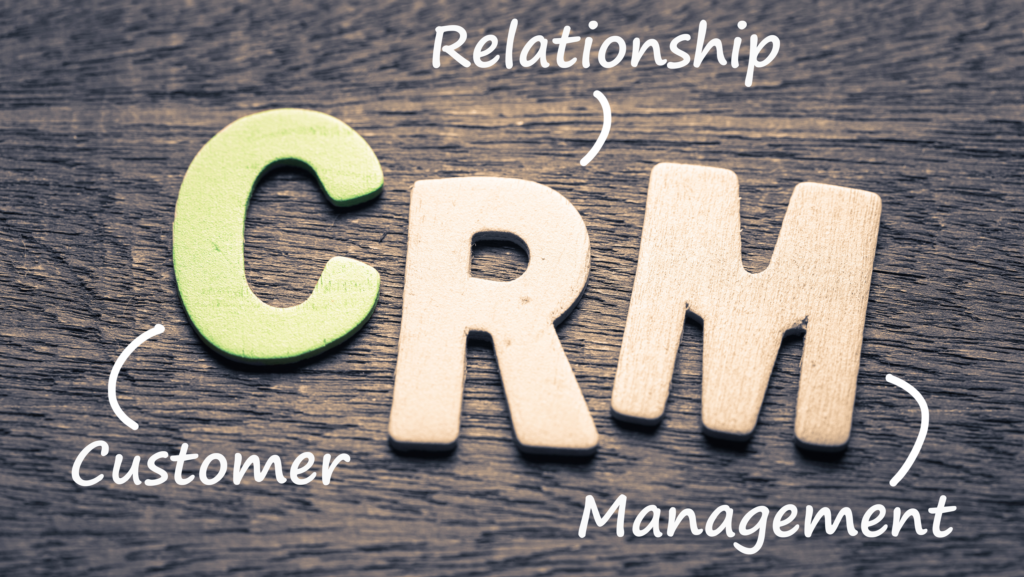
Businesses must adapt to evolving customer expectations and increasingly competitive environments. Three critical components have emerged as essential to achieving efficiency, growth, and long-term customer loyalty: E-commerce, Automation, and Customer Relationship Management (CRM) systems. While each serves a distinct function, their combined power lies in how they integrate to create seamless business operations and enhanced customer experiences.
E-commerce: Expanding Reach and Accessibility
E-commerce has fundamentally changed the way consumers interact with brands. More than just a digital storefront, an e-commerce platform allows businesses to extend their reach beyond geographical boundaries, operate 24/7, and offer customers the convenience of shopping anytime, anywhere.
An effective e-commerce strategy not only drives sales but also provides a wealth of customer data—enabling businesses to track buying patterns, monitor inventory in real time, and respond quickly to market trends. For small and growing businesses in particular, e-commerce is a powerful equalizer, allowing them to compete on a broader scale without the overhead costs of physical stores.

Automation: Driving Efficiency and Consistency
Once an e-commerce operation is in place, automation plays a key role in improving internal workflows. Automation tools can handle repetitive tasks such as order processing, payment confirmations, inventory updates, customer follow-ups, and marketing campaigns.
By minimizing manual processes, automation reduces the risk of human error, increases consistency, and frees up valuable time for staff to focus on strategic tasks. This not only boosts productivity but also helps businesses respond faster to customer needs and maintain a higher standard of service.
CRM: Managing and Nurturing Customer Relationships
A CRM system is designed to help businesses manage their interactions with current and prospective customers. It consolidates customer data into a single platform, including purchase history, communication preferences, support queries, and more.
With this information, businesses can personalize their communications, segment their audiences for targeted campaigns, and provide tailored solutions that build trust and loyalty. CRM systems also support sales teams by tracking leads and forecasting opportunities—turning data into actionable insights.

Integration: The Key to Scalable Growth
While each of these tools—e-commerce, automation, and CRM—offers individual benefits, their real power is unlocked when they are integrated. For example, an online purchase can automatically update the customer’s CRM profile, trigger a personalized thank-you message, and launch a post-purchase follow-up sequence—all without manual input.
This level of integration enables businesses to offer a smooth, consistent customer journey from discovery to delivery. It also ensures that no opportunity is missed, and every touchpoint is optimized for engagement and conversion.
In an era where customers expect convenience, speed, and personalization, businesses that leverage e-commerce, automation, and CRM together are better equipped to meet these demands. More than just tools, they form the foundation of a modern, scalable, and customer-centric business model.
Investing in these systems is not just about keeping up with trends—it’s about creating efficient processes, gaining deeper customer insights, and building stronger, more profitable relationships.
















